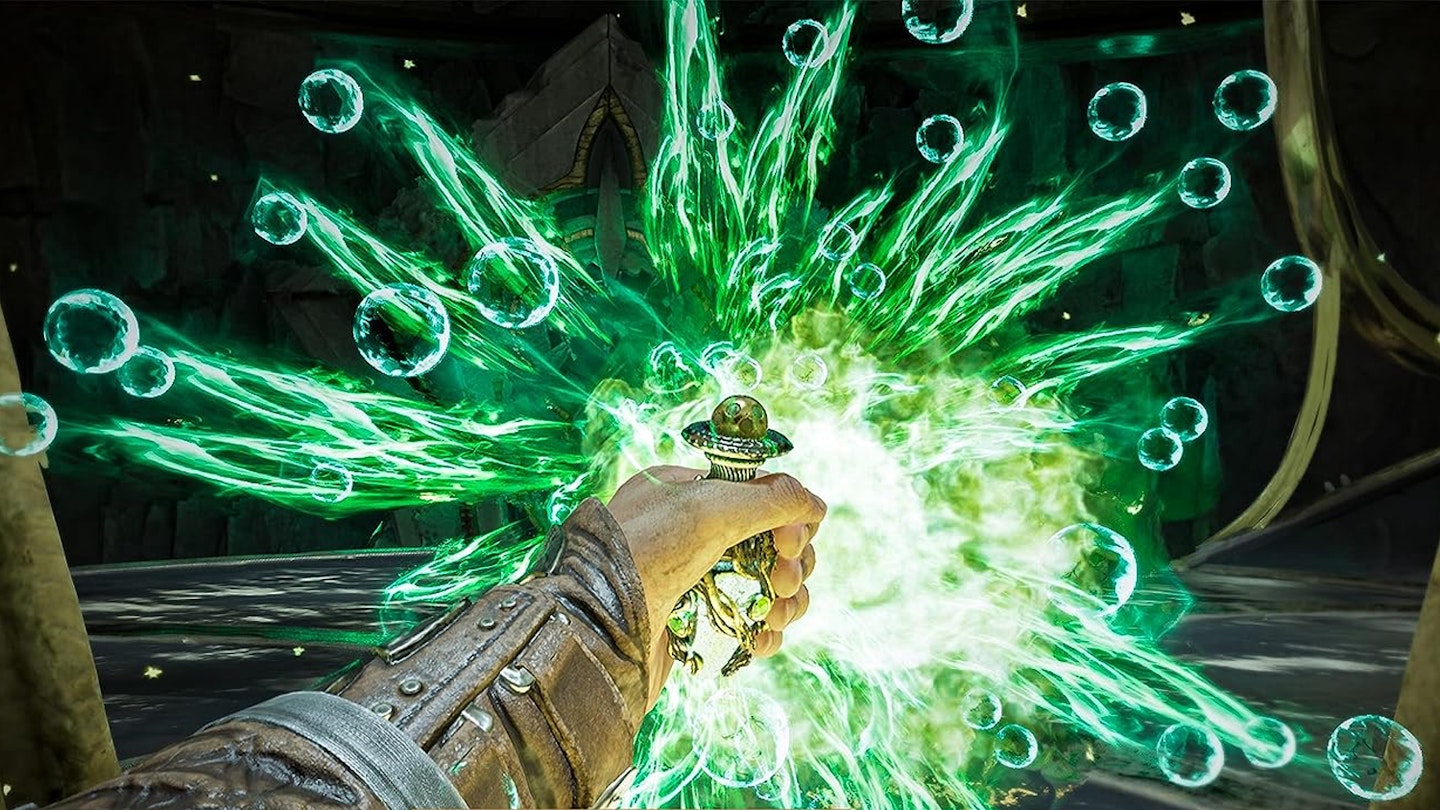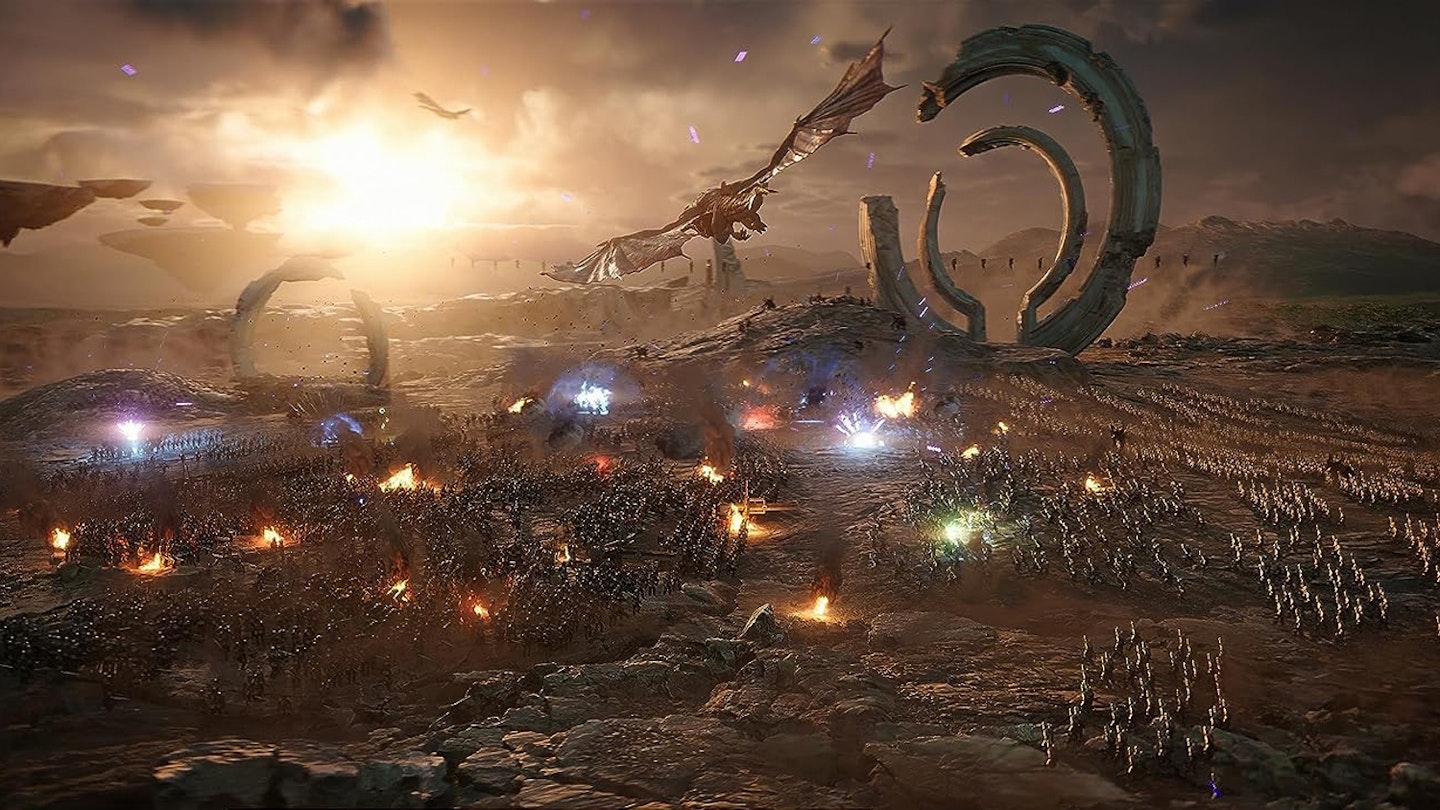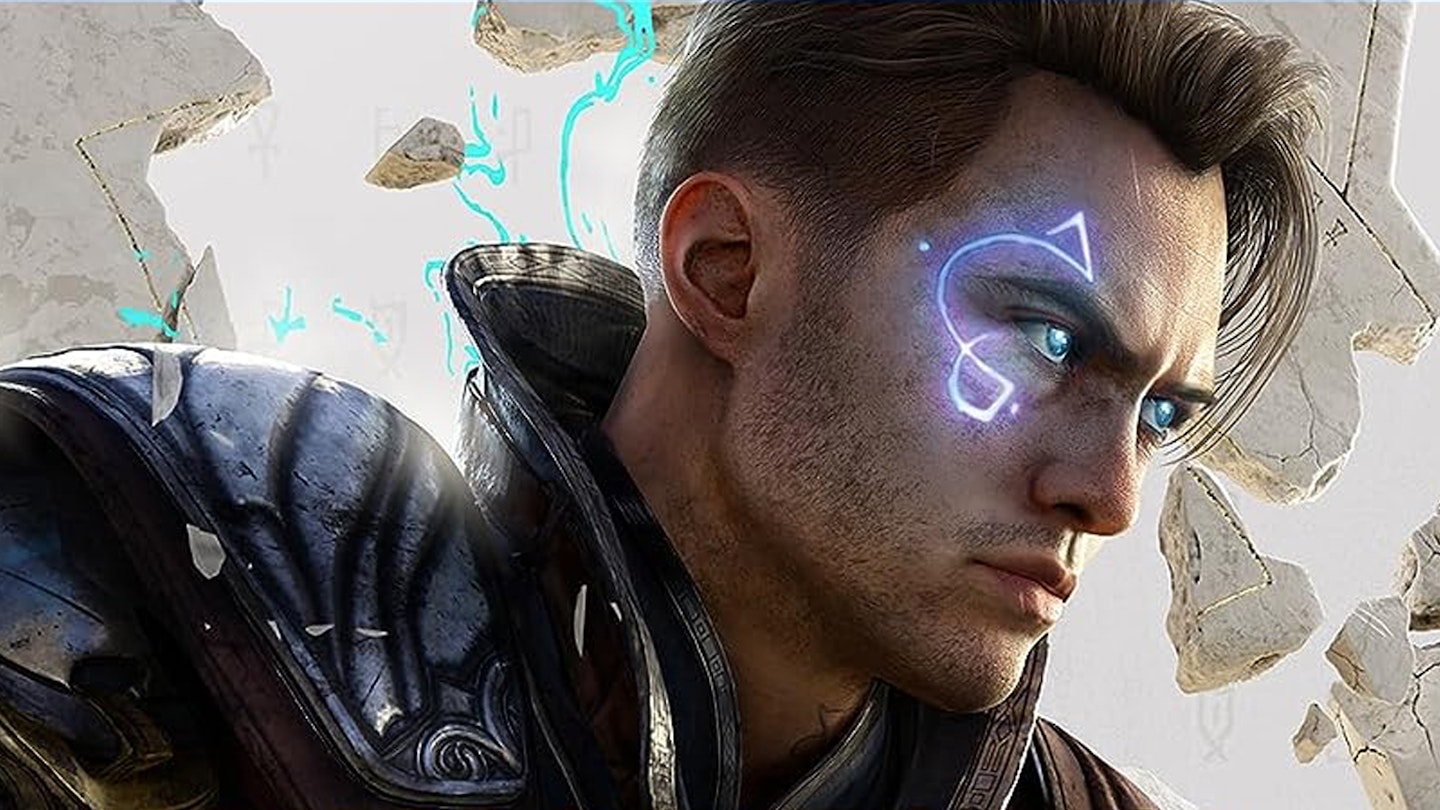Platforms: Xbox Series X|S, PS5, PC
EA's reputation for relying on long-running franchises and annual updates to its sports games is, if not unearned, at least a touch overblown. For eight years now, it's been growing its EA Originals label, publishing games that are just that – fresh ideas, often from independent developers, seeking to bring something new to the medium of games.

All of which contributes to why Immortals Of Aveum feels such an odd fit. It's a brand new IP, from new developer Ascendant Studios, but far from being "original" almost everything about it feels like something you've played before. Set in a fantasy world caught in the grip of an endless conflict over control of magic – see, familiar ground already – you play as snarky street urchin Jak. No, not the pointy-eared fella who palled around with Daxter back on the PS2, but a Triarch, one of the rare few who can control all three varieties of magic that infuse Aveum. Said magic manifests as mystic gunfire through equippable and customisable sigils – blue mana serves as your ranged weapon; red is your shotgun, inaccurate but powerful up close; green a rapid-fire machine gun – and the whole affair plays out in first-person.
There's some surprisingly strong writing that subverts the game's more generic elements.
Thankfully, there's some surprisingly strong writing that subverts the game's more generic elements. When Jak is recruited into the armies of Lucium by General Kirkan – Gina Torres, selling the hell out of even the most ridiculous mysti-babble – even he expects him to be at the start of a Chosen One journey, only for a rather brilliantly-timed “Five Years Later” time-skip to undercut his, and our, expectations. We rejoin him having spent a half-decade waging a war of attrition against Lucium's enemies, jaded but more confident for the experience. Similarly, the overarching plot frequently draws into question whether the titular Immortals – Lucium's elite forces, who Jak eventually joins – are truly in the right, or whether (ludicrously named) arch-enemy Sandrakk may have a point in his actions to end the everwar.
Between those moments of deeper insight and narrative focus, though, are extended sections of shooting that are likely to be familiar territory to many players. Immortals tries to mix things up with an alignment system requiring you to target colour-coded enemies with matching sigil blasts – bruising red enemies are best dealt with through your own potent red magic, and likewise for blue and green foes – and various shielding or health buff techniques on enemies’ parts that can be impeded by countering their particular affinity. To its credit, this can result in some frenetic moments when you have a variety of enemies of different alignments attacking you at once, but too often it all just feels like an RGB shooting gallery, especially against bosses that are often telegraphed with, ‘Shoot the green bit! Now the blue bit!’ designs.

Yet perhaps approaching Immortals Of Aveum purely as a first-person shooter is unfair. While much has been made of its creative lineage linking it to some of the biggest FPS titles in recent memory – chiefly through director Bret Robbins' work on the Call Of Duty series – it often feels closer to something like Metroid Prime. Or rather, Metroid Prime without the tight level design and laser-focused sense of progression. As players explore Aveum, they'll encounter environmental obstacles such as anchor points to rappel up using an upgraded whip, translucent forcefields blocking off tantalising bonus areas, or mounds of poisonous sludge hindering progression, all beckoning you back once Jak has the requisite spell to overcome them, all a textbook example of the ‘Metroidvania’ subgenre. Unfortunately, it's slightly let down by Immortals’ spacious, if not fully open-world approach to environmental design, which in conjunction with an iffy system of only semi-accessible fast-travel portals scattered around the world makes returning to mop up collectibles feel more chore than scintillating objective.
Immortals' biggest problem though is its oft-woeful performance. On Xbox Series X (version tested), texture pop-in was common, and character models in cutscenes – which drop the first-person perspective for a more cinematic third-person approach – would frequently judder, even when standing in place. In the midst of firefights, where Jak's mana-powered blasts result in boundless particle effects, slowdown was notable. It's a real shame, as Aveum's world and approach to character design are beautiful, but let down by the shoddy output.
Despite all this though – the mix-and-match magic, the generic shooting, the performance – there's something almost cozy about playing Immortals. That same familiarity that makes much of it feel like a taster's platter of every high fantasy film or game of the last 40 years also allows you to slip right into the world, get the gist of what's going on, and get to work blasting away Sandrakk's forces. It's undemanding entertainment, and while it's unlikely to be troubling any Game Of The Year lists come December, it's fun enough to make your way through for a couple of dozen hours and then forget.
